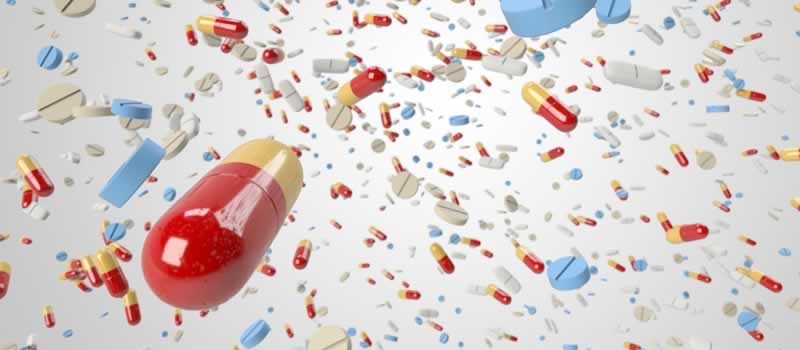
Antibiotic residues in milk are traces of antibiotics that remain in the milk after the animals have been treated with them. Antibiotics are used in dairy animals for various reasons, such as preventing or treating mastitis, respiratory diseases, and other infections. However, if the antibiotics are not used properly, or if the withdrawal period (the time between the last dose of antibiotic and the time when the milk can be safely consumed) is not respected, some of the antibiotics may still be present in the milk.
Antibiotic residues in milk can pose serious health risks for humans, such as allergic reactions, antibiotic resistance, and disruption of the normal gut flora. Therefore, it is important to monitor and control the use of antibiotics in dairy animals and to test the milk for antibiotic residues before it is sold or consumed. There are different methods and standards for testing milk for antibiotic residues, such as chromatographic techniques, microbiological assays, and immunological tests. The maximum residue limits (MRLs) for different antibiotics vary depending on the country and the type of antibiotic.
Some of the most common antibiotics that have been detected in milk are β-lactams (such as penicillin and amoxicillin), tetracyclines (such as oxytetracycline and doxycycline), fluoroquinolones (such as enrofloxacin and ciprofloxacin), sulfonamides (such as sulfamethoxazole and sulfadiazine), and aminoglycosides (such as gentamicin and streptomycin). These antibiotics have different pharmacological, toxicological, and microbiological effects on humans and animals. For example, β-lactams can cause anaphylactic shock in some people who are allergic to them, while fluoroquinolones can increase the risk of tendon rupture and nerve damage. Sulfonamides can interfere with the metabolism of folic acid and cause hemolytic anemia, while aminoglycosides can damage the kidneys and the ears.
Therefore, it is essential to prevent antibiotic residues in milk by following good practices in animal husbandry, veterinary medicine, and food safety. Some of the measures that can help reduce antibiotic residues in milk are:
- Using antibiotics only when necessary and prescribed by a veterinarian
- Following the label instructions and dosage recommendations for each antibiotic
- Respecting the withdrawal period for each antibiotic
- Keeping records of antibiotic use and treatment history for each animal
- Separating treated animals from untreated ones until the withdrawal period is over
- Discarding milk from treated animals until it is safe to consume
- Testing milk for antibiotic residues regularly and using reliable methods, for example, use the Ringbio antibiotic residue test kit to test it.
- Educating farmers, veterinarians, consumers, and regulators about the risks and benefits of antibiotics
Note: this article is composed by Bing Chat.
